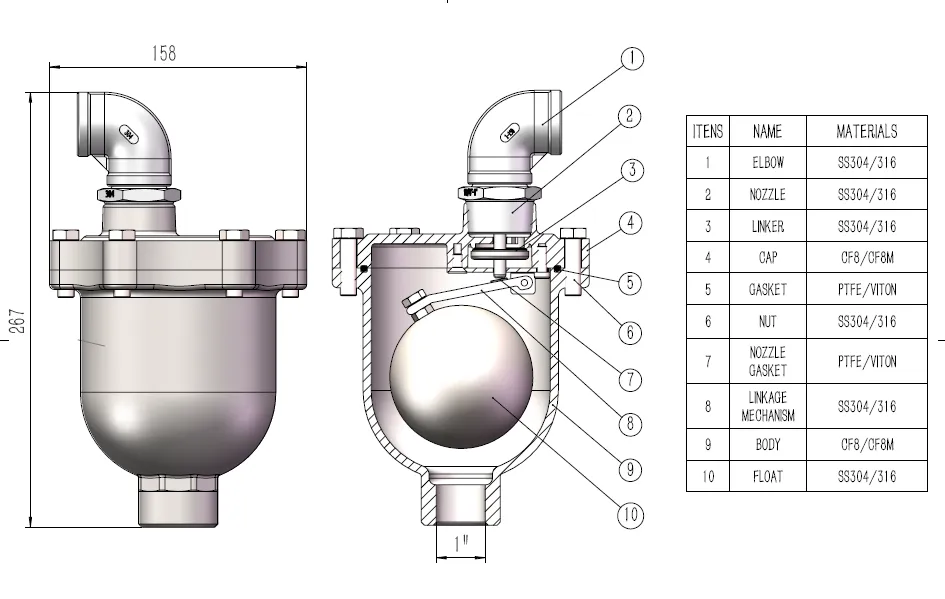Road Drainage System Optimization for Effective Water Management and Gully Grating Solutions
The Importance of Road Gully Grating in Urban Infrastructure
In modern urban infrastructure, effective water management is crucial to ensure safety, accessibility, and environmental sustainability. One significant component of this system is the road gully grating, an often-overlooked feature that plays a pivotal role in stormwater drainage. These grates, typically found at the edges of roads and pavements, serve multiple functions, from preventing flooding and reducing pollutant loads to maintaining the structural integrity of roadways.
Understanding Road Gully Grating
Road gully grating, often constructed from materials such as steel or cast iron, is designed to cover drainage inlets that collect rainwater runoff from roads. These grates have a slotted design, allowing water to flow through while keeping larger debris such as leaves, rocks, and litter out of the drainage system. This functionality is essential for preventing blockages that can lead to localized flooding during heavy rainfall.
Preventing Flooding
One of the primary purposes of road gully grating is to facilitate effective drainage and mitigate the risk of flooding
. When it rains, water collects on the road surface, and without adequate drainage, it can accumulate, making roads impassable and hazardous for vehicles and pedestrians alike. Well-placed and properly maintained gully gratings ensure that water is quickly channeled away from the road surface and into the drainage system, thus reducing the likelihood of flood-related incidents.Environmental Protection
Aside from their functional benefits, road gully gratings also contribute to environmental protection. During rainfall, roads can collect various pollutants such as oil, heavy metals, and sediments. If these pollutants are not filtered out before entering stormwater systems, they can flow directly into nearby water bodies, leading to contamination and ecosystem damage.
road gully grating

Gully grates play a critical role in this filtering process. While they catch larger debris, responsible urban planning often includes catch basins or sedimentation systems that work in conjunction with gully grates. These systems can further trap harmful substances and allow cleaner water to enter the drainage network, helping to protect local waterways and biodiversity.
Maintenance and Challenges
Despite their importance, road gully grates require regular maintenance to function effectively. Debris such as leaves, plastic waste, and gravel can accumulate on and around the grates, blocking them and rendering them ineffective. Municipal maintenance teams need to regularly inspect and clear these grates, particularly during the fall when leaf litter is abundant or after significant storm events.
Additionally, not all urban designs incorporate adequate drainage solutions. In older cities, for instance, the drainage infrastructure may not be sufficient to handle contemporary stormwater runoff, particularly as urban areas expand and experience increased impervious surfaces. Upgrading these systems by evaluating and enhancing the placement and design of gully gratings is essential for modern urban resilience.
Innovative Solutions
In recent years, there has been a push for more sustainable approaches to urban water management, leading to the development of innovative technologies. Permeable pavement, for example, is an emerging solution that allows water to seep through the surface and into the ground below, reducing the burden on conventional drainage systems. Moreover, smart sensors can now be integrated into gully grates to monitor water levels and blockages in real time, providing valuable data to city planners and maintenance teams.
Conclusion
Road gully grating may seem like a small detail in the vast landscape of urban infrastructure, yet its implications for safety, environmental protection, and city resilience are profound. As cities continue to grow and face the challenges posed by climate change, effective stormwater management, including robust gully grating systems, will be more critical than ever. By investing in these key components and ensuring their proper maintenance and innovative upgrades, cities can safeguard their infrastructure and promote a healthier, more sustainable urban environment for all.
-
The Smarter Choice for Pedestrian AreasNewsJun.30,2025
-
The Gold Standard in Round Drain CoversNewsJun.30,2025
-
The Gold Standard in Manhole Cover SystemsNewsJun.30,2025
-
Superior Drainage Solutions with Premium Gully GratesNewsJun.30,2025
-
Superior Drainage Solutions for Global InfrastructureNewsJun.30,2025
-
Square Manhole Solutions for Modern InfrastructureNewsJun.30,2025
-
Premium Manhole Covers for Modern InfrastructureNewsJun.30,2025
